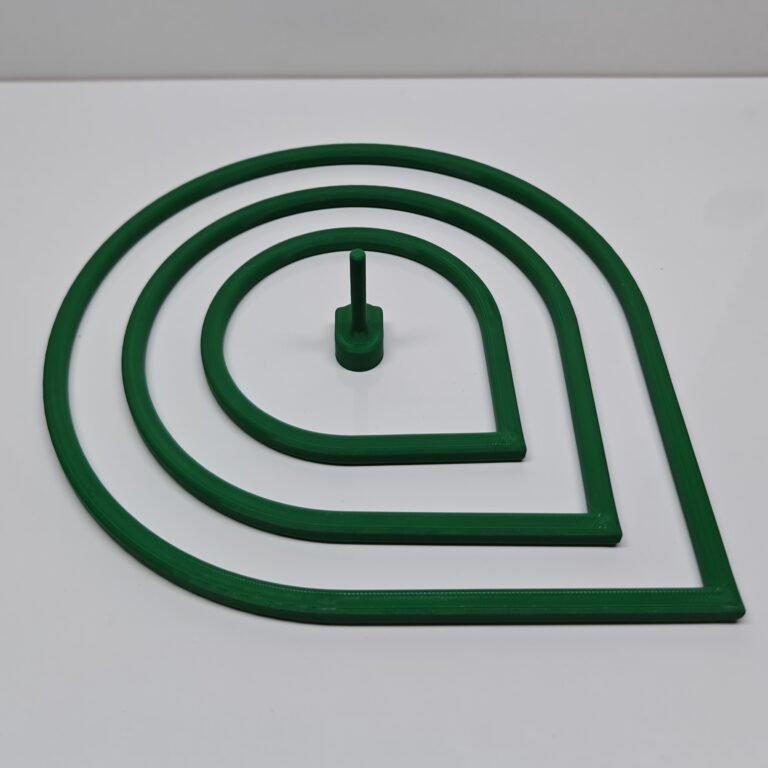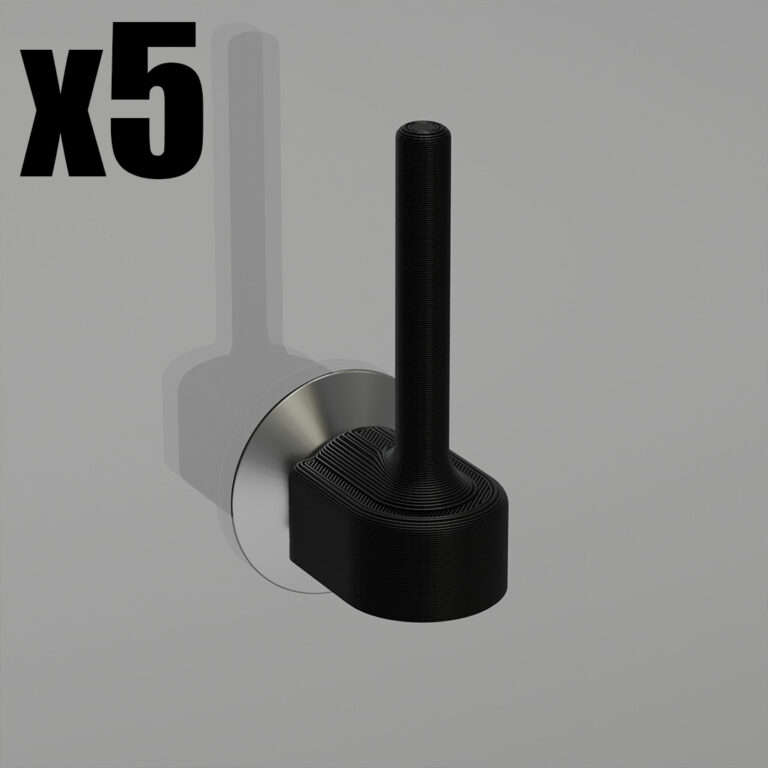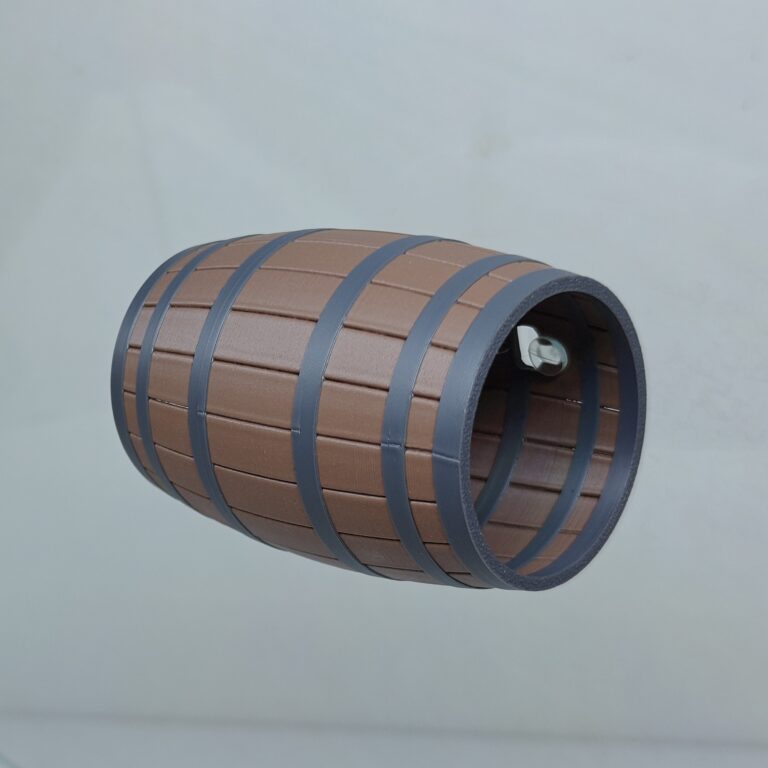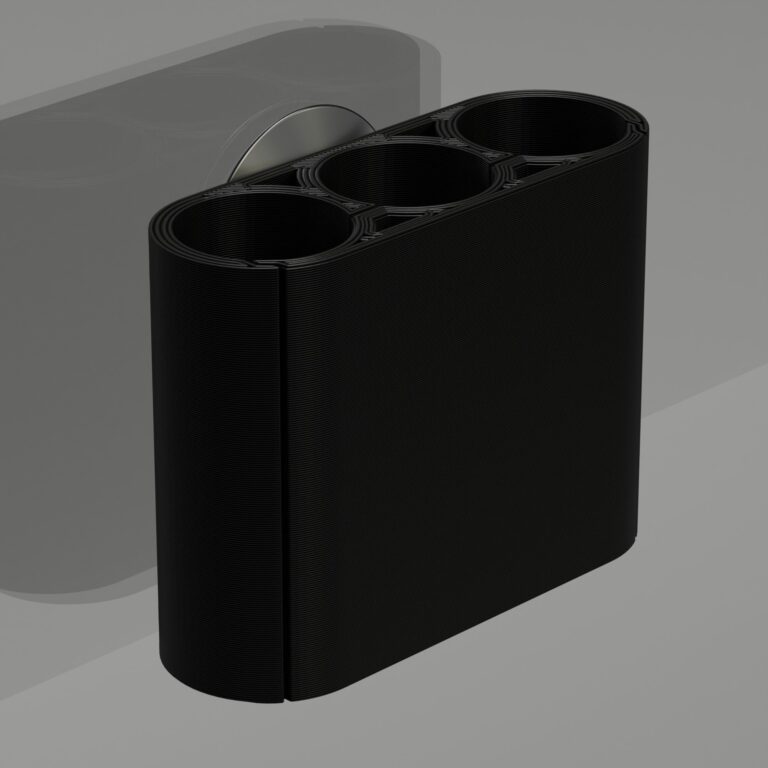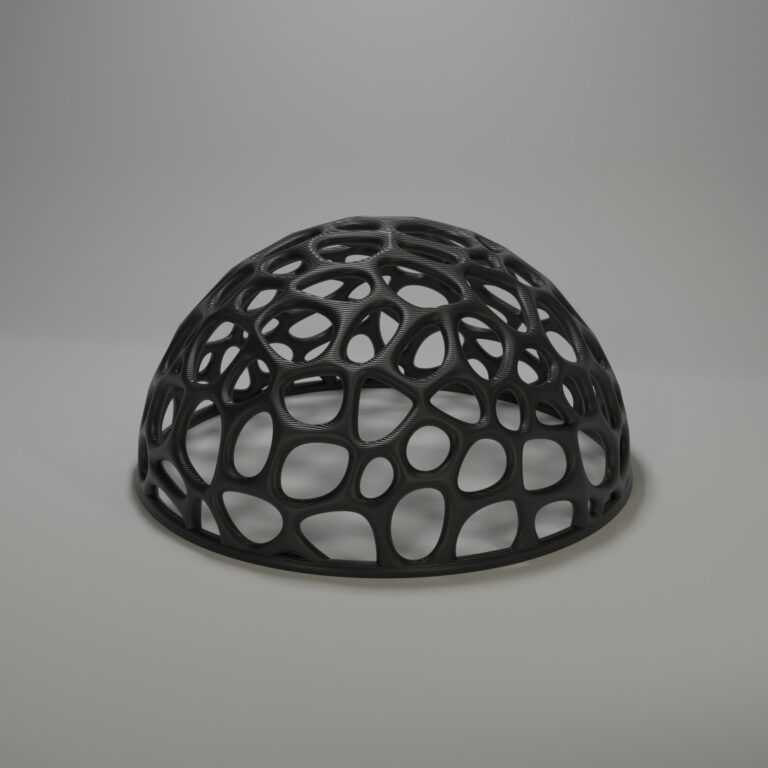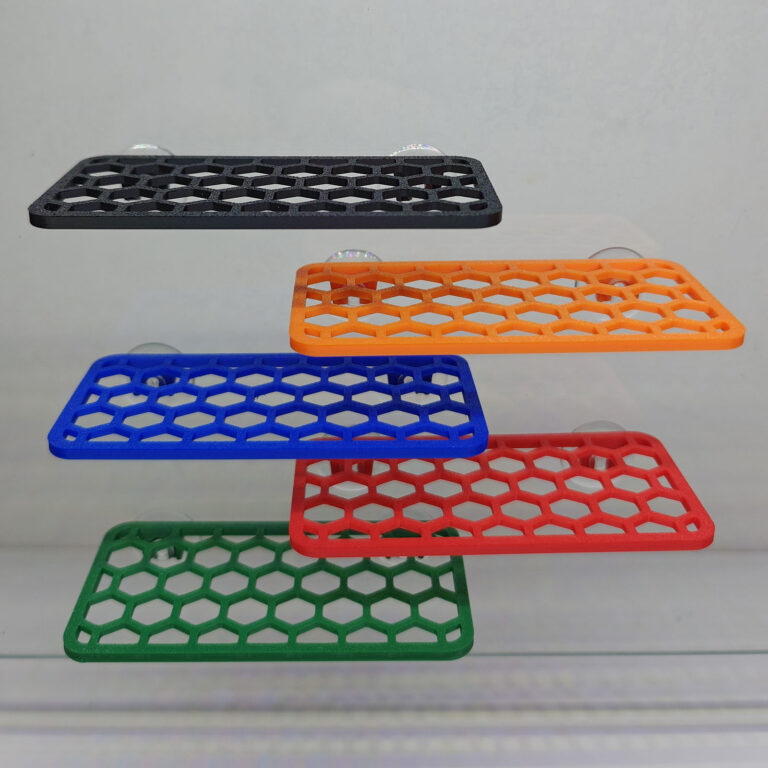Description
Water lettuce (Pistia stratiotes) is a beautiful, floating aquatic plant that adds natural filtration and a lush look to your aquarium. Whether you’re new to the hobby or an advanced hobbyist , this guide will take you through everything you need to know about water lettuce. From its benefits to caring for it year-round, here’s how you can make the most of this useful plant.
Water lettuce, also known as water cabbage or Nile cabbage, is a floating plant with soft, light green leaves that form rosettes resembling heads of lettuce. The leaves can grow 2-15 cm long and have tiny white hairs that help the plant float on the water’s surface. Beneath the floating leaves, long roots hang into the water, trapping waste and providing shelter for small aquatic life.
Range
The native range of water lettuce is uncertain, but it likely originates from tropical regions. It was first discovered in the Nile near Lake Victoria. Now, it’s found globally, especially in tropical and subtropical freshwater environments, often through human introduction.
Ponds
While water lettuce thrives in tropical conditions, it can survive for short periods in temperate waters such as over the summer in British ponds. However, it cannot handle cold winters. In areas with frost, it will either die back or need to be brought indoors to survive.

Benefits Of Water Lettuce
Water lettuce is more than just a pretty plant for your tank. It provides several key benefits:
– Natural Water Filter: The long roots trap debris and break down waste, improving water quality for fish and other tank inhabitants.
– Algae Control: It helps reduce algae blooms by shading the water and using nutrients that would otherwise feed the algae.
Algae Control Guide
– Fish Shelter: Small fish can hide and graze among its roots
Water Lettuce Care
Light
Water lettuce needs moderate to bright lighting. It grows best in indirect light, as too much direct light can cause its leaves to turn yellow. If you’re introducing new plants, start them in low light and slowly increase their exposure.
Substrate
Water lettuce is a free-floating plant, so it doesn’t need soil. Its roots float freely beneath the water’s surface, so you can skip the substrate entirely!
Water
This plant thrives in neutral to slightly acidic water with a pH between 6.0 and 7.5. It’s essential to maintain clean water, as nutrient-poor water can lead to yellowing leaves.
Temperature and Humidity
Water lettuce prefers warm water temperatures between 21-30°C (70-80°F) and will not tolerate the cold. High humidity helps this plant thrive, so keeping it in a warm, moist environment is key.
Water Circulation and Aeration:
Adequate water circulation and aeration are essential for maintaining healthy water lettuce. Ensure proper water movement to prevent stagnation and promote nutrient distribution throughout the tank. Gentle surface agitation helps prevent debris from accumulating on the leaves and allows for efficient gas exchange but be careful, too much agitation can cause plants to die.
Fertilizer
If you notice your water lettuce turning yellow, it may be lacking nutrients. You can add an Aquarium safe fertilizer to help it bounce back.
Pruning
Water lettuce grows quickly and can cover the surface of the water in a short time. To prevent it from overtaking your tank, prune it regularly by removing excess plants. Removing larger mother plants can also help slow its spread. It is a good idea to trim overgrown roots to prevent them from obstructing water flow or tangling with other plants or ornaments.
Water lettuce can soon take over the surface of the tank making it hard to feed your fish.
One solution to this is to use a floating plant ring to provide a designated area without lettuce to feed your plants.
Shop our plant rings here:
Overwintering Water Lettuce
Water lettuce isn’t frost-hardy, so if you are keeping it in a pond, you’ll need to bring your plants indoors. Place them in a container of pond water with some sand or soil at the bottom, and keep them in a bright area at temperatures above 10°C (50°F). You can then reintroduce them to the pond in the spring.
Propagating Water Lettuce
Propagating water lettuce is simple because it reproduces rapidly. It spreads by sending out “runner” plants, or daughter plants, that develop roots.
Common Problems With Water Lettuce
– Yellowing Leaves: If your water lettuce is turning yellow or brown, it may not be getting enough nutrients or could be getting too much direct sunlight.
– Wilting or Shriveling: Excessive heat and sun exposure can cause the plant to wilt. Move it to a shaded area if this happens.

FAQs About Water Lettuce
How do you keep water lettuce alive in the winter?
To keep water lettuce alive during winter, bring it indoors before the first frost. Place the plants in a tub of pond water, add a small layer of sand or soil, and keep them in a warm spot with bright light, maintaining a temperature above 10°C (50°F).
Why is my water lettuce turning yellow or dying?
Your water lettuce may be lacking nutrients, especially in new ponds or ponds with few fish. You can supplement nutrients by adding fertilizer or increasing the number of fish in your pond. Yellowing can also occur due to too much direct sunlight.
How fast does water lettuce grow?
Water lettuce is a fast grower. In the right conditions, it can spread rapidly across the waters surface.
Can you use water lettuce in a home aquarium?
Yes, water lettuce can be used in home aquariums, but it’s essential to have enough space and light for it to grow. Its roots provide great cover for fish, but ensure it doesn’t block too much light for the rest of the tank.
What does water lettuce look like?
Water lettuce has light green, soft, fuzzy leaves that form a floating rosette. The leaves can grow between 2-15 cm long, with long, dangling roots beneath the water.



